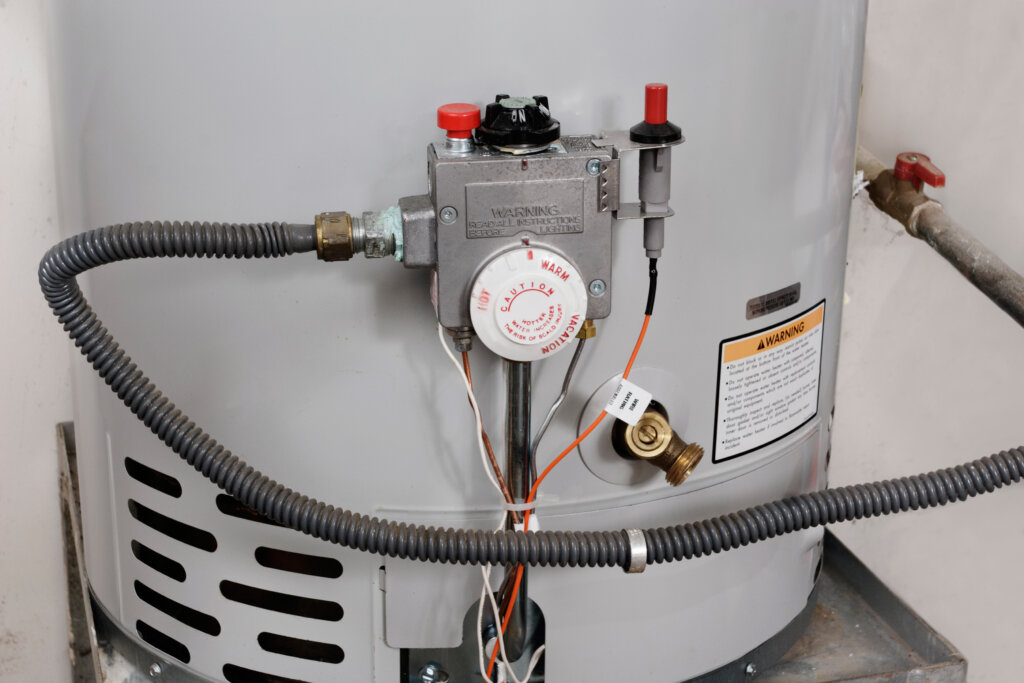Savvy homeowners can conduct a simple inspection of a malfunctioning electric water heater to determine the cause and take care of minor issues. However, it’s important to first check the warranty before making any repairs. Some tanks may have a prorated warranty that offers a new tank or parts at a discounted rate. Keep in mind, however, that manufacturer warranties typically don’t cover field labor.
Once you’ve checked the warranty, here’s what you should do to address the following issues:
- No hot water
If the water heater isn’t producing any hot water, begin by checking the circuit breaker in the service panel to make sure it hasn’t been flipped off. If it’s still on, reset the high-temperature limit on the heater.
- Insufficient hot water
If you’re not getting enough hot water, the unit may not be big enough for your household. Typically, a water heater dedicates 75% of its capacity to hot water. If demand exceeds capacity, limit the length of showers, install low-flow showerheads, and time dishwashing and laundry loads for different parts of the day.
If the water heater suddenly stops producing the usual amount of hot water, the cause may be a malfunctioning heating element.
- Extremely hot water
If you’re not getting enough cold water or if the hot water is too hot, you’ll need to check thermostat settings. Begin by turning off power to the water heater at the service panel and remove the access panel, insulation, and plastic safety guard from the water heater. Use a non-contact voltage tester to confirm power is off, then check the heat seating on both thermostats. The temperature should be set to 120℉. Use a flatbed screwdriver to adjust the temperature.
- Water leak
Leaking valves and plumbing connections, tank corrosion, and loose heating elements could cause a water leak. If the tank is corroded, it cannot be repaired and must be replaced. You’ll need to turn off power and water supply to the water heater and drain the tank to stop the leaking.
- Rust-colored or foul-smelling water
Brown-, yellow-, or red-colored water could be caused by corrosion inside the water heater or in the plumbing pipes. On the other hand, water that smells like rotten eggs could be caused by bacteria. In these cases, you’ll need professional plumbing service to replace the anode rod in the tank.

